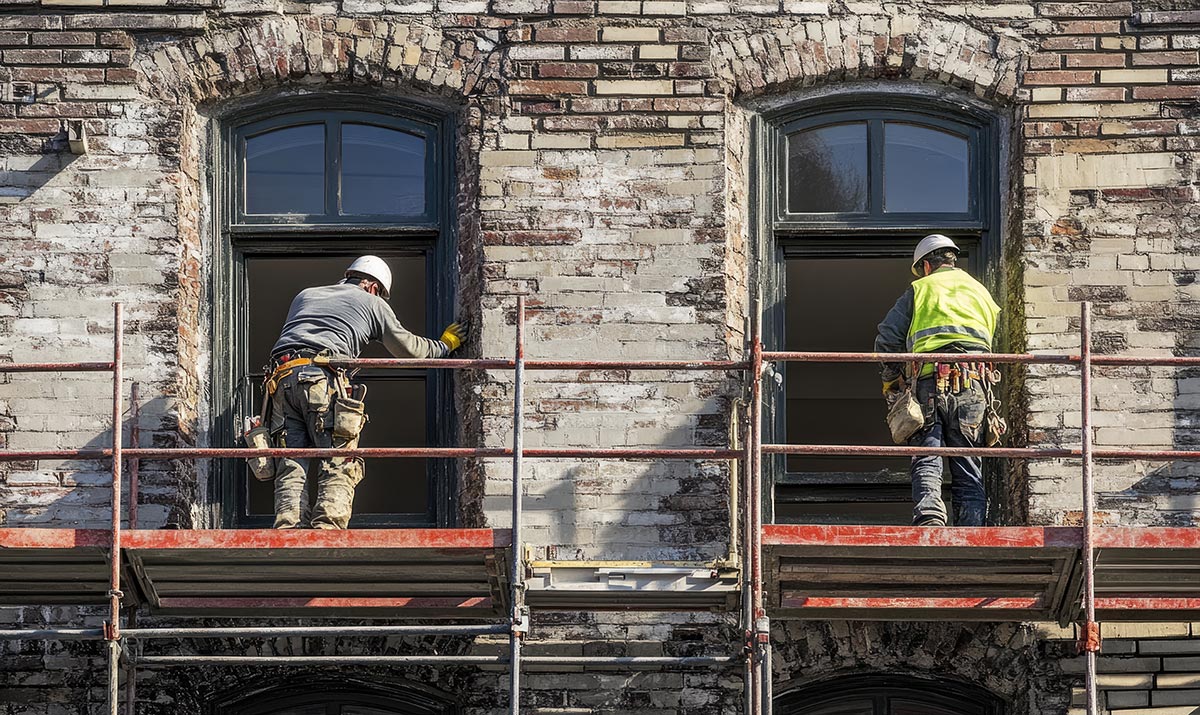The Power in Old Places
When I walk through some of Cincinnati’s older neighborhoods, I don’t just see abandoned warehouses or shuttered buildings—I see opportunity. I see the bones of something great. These legacy properties, many of which have sat dormant for decades, still hold value. They hold stories. And more importantly, they hold the potential to be part of a new chapter for the community around them.
At Kingsley + Co., this is at the heart of what we do. We don’t just develop real estate. We try to breathe new life into old places. Whether it’s a factory that once employed generations of residents or a small church that used to be the hub of a neighborhood, we look at these spaces and ask, “How can this serve the community today? And how can it anchor the neighborhood’s future?”
Not Just Redevelopment—Reimagination
Revitalizing legacy properties isn’t about slapping on a fresh coat of paint and raising the rent. It’s about honoring what was while creating what could be. These buildings often sit in communities that have been overlooked or disinvested in for far too long. Simply preserving them doesn’t solve the problem. We need to reimagine them.
Maybe that former school becomes a mixed-use space with affordable apartments and a tech incubator. Maybe that post office turns into a food hall where small, local vendors get their start. Maybe a train station becomes a community arts center. When done right, these transformations can help shape a new identity for a neighborhood—one that feels grounded in history but looks forward to the future.
The truth is, people don’t want to see their neighborhoods erased. They want to see them evolve. They want change that includes them, not change that pushes them out. Reimagining legacy properties allows us to build that kind of inclusive progress.
A Bridge Between Past and Present
One of the reasons I feel so passionate about this kind of development is because I know what it means to have a connection to place. As the son of Nigerian immigrants who settled in Virginia, and later as someone who built a career in Cincinnati, I understand how deeply people tie their identity to the buildings, parks, and streets around them.
When we work on a legacy property, we don’t just talk to city planners or investors. We talk to the people who live nearby. We ask questions. We listen. Because for them, that building isn’t just brick and mortar. It’s a symbol of something—sometimes pride, sometimes pain, sometimes both. And if we’re going to transform it, we owe them the respect of doing it thoughtfully.
What we’re aiming for is development that’s rooted in authenticity. That’s how you create spaces that people actually use—and care about. That’s how you turn a forgotten building into a neighborhood anchor.
Real Impact in Real Time
One of my favorite projects to date involved a legacy building that had sat vacant for nearly 15 years. It had once been a major employer in the neighborhood, but over time, like so many others, it had been abandoned. The windows were boarded up, and the only people who walked by were doing their best to avoid it.
Today, that same building houses affordable commercial space for minority-owned businesses, a coworking hub for local entrepreneurs, and a small but vibrant café that serves as a gathering spot for the neighborhood. The change didn’t happen overnight. It took vision, investment, and most importantly, partnership with the community.
But the impact? It was immediate. Suddenly, people had a place to work, to dream, and to gather. Kids walking home from school didn’t have to pass by a crumbling reminder of what used to be—they passed by a symbol of what could be.
Challenges, But Also Opportunities
I won’t pretend that redeveloping legacy properties is easy. There are zoning issues, environmental concerns, historic preservation rules—you name it. These buildings can be expensive to renovate, and there’s always pressure to deliver quick returns.
But here’s what I’ve learned: when you focus on the long game, the returns are worth it. These projects don’t just pay off financially—they pay off socially. They create jobs. They spark civic pride. They bring momentum to neighborhoods that have been waiting a long time for someone to bet on them.
At Kingsley + Co., we don’t shy away from those challenges. We welcome them. Because the reward is helping reshape the narrative of a community.
Leaving a Legacy of Our Own
At the end of the day, redeveloping legacy properties isn’t just about the buildings—it’s about the people. It’s about giving communities back something they thought they lost. It’s about creating new memories without erasing the old ones.
For me, this work is personal. As someone who’s benefited from opportunities both on and off the field, I feel a responsibility to give back in ways that are meaningful and lasting. Turning legacy properties into vibrant, useful spaces is one of the best ways I know to do that.
We’re not just changing skylines—we’re helping people rediscover pride in the place they call home. And that, to me, is what real development looks like.
